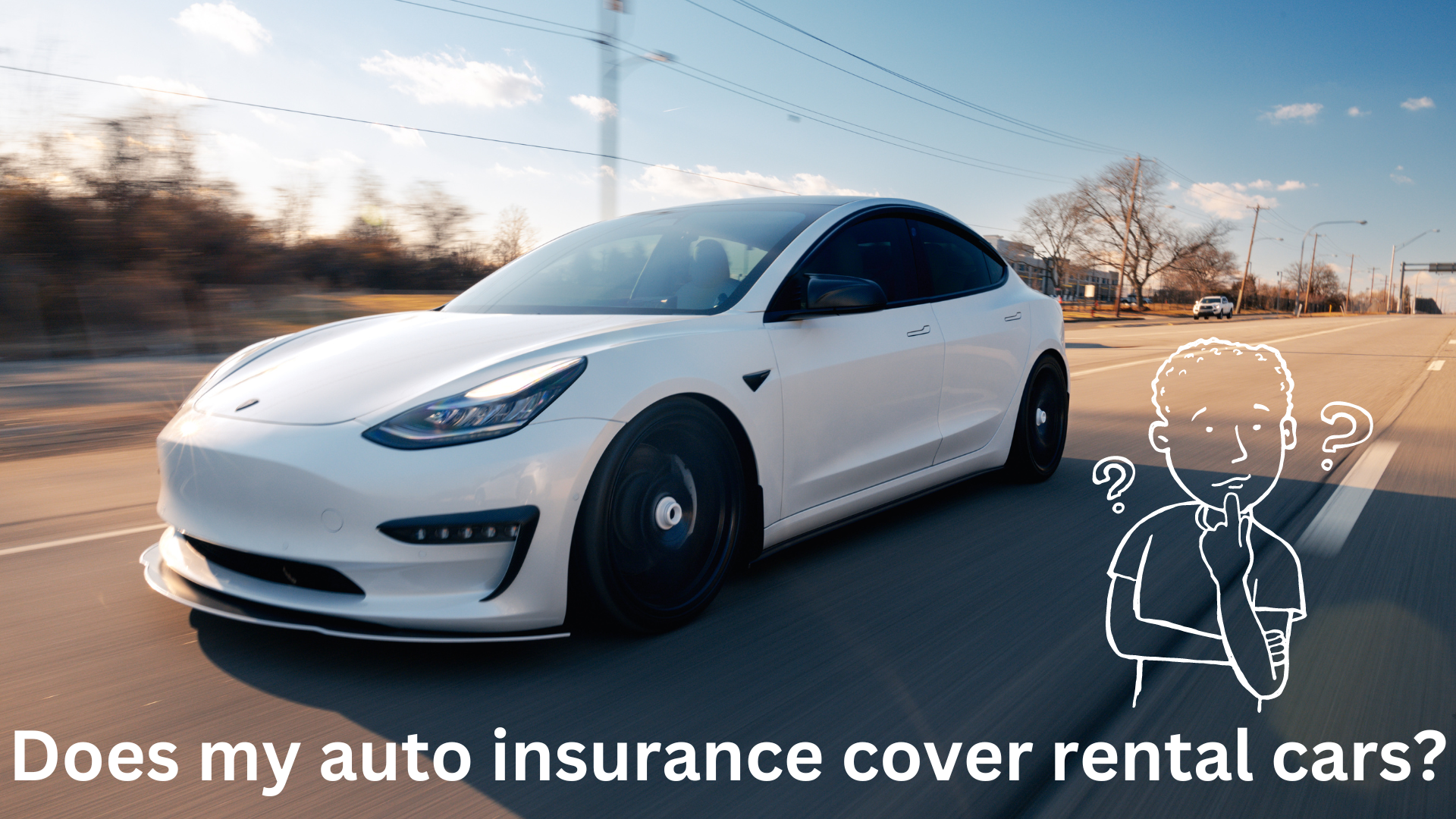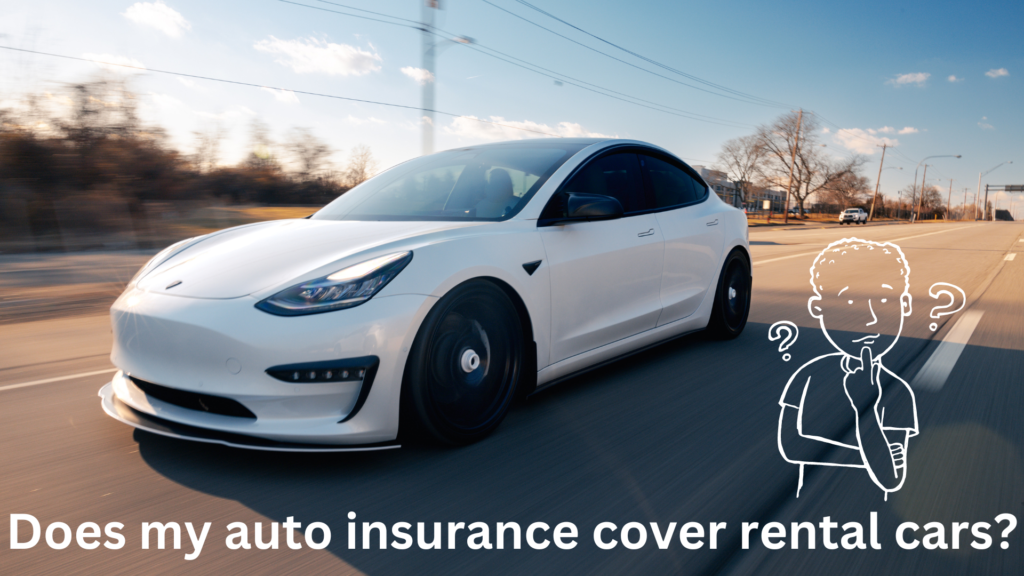
What is the premium amount in life insurance?
In the world of insurance, the “premium amount” refers to the cost you pay for your insurance coverage. Think of it like this: you’re essentially buying protection against certain risks, and the premium is what you pay to the insurance company to keep that protection active.
The premium amount can vary based on several factors, including the type of insurance you’re buying, the level of coverage you want, your age, your health status, where you live, and sometimes even your credit score.
Alright, let’s make it simple about premiums. You know, that chunk of change you dish out to keep your insurance coverage up and running? Well, that’s what we’re diving into here.
Think of your premium as the fee you pay to keep the insurance party going. It’s like buying a ticket to a show – you pay up front to ensure you’re covered if something goes wrong down the road.
Now, premiums aren’t set in stone. They can vary based on a bunch of stuff, like what kind of insurance you’re after, how much coverage you want, and even who you are as a person.
First off, let’s talk types of insurance. There’s Life insurance, auto insurance, home insurance – you name it. Each type comes with its own premium price tag because they cover different things. Health insurance, for example, hooks you up with coverage for medical expenses, while auto insurance keeps your wheels protected on the road.
Next up, the level of coverage. This is where things get interesting. You’ve got options – from basic coverage that’s like a safety net to full-blown comprehensive coverage that’s like wrapping your stuff in bubble wrap. Naturally, the more coverage you want, the more you’ll pay in premiums.
Your personal details also play a big role. Life insurance companies want to know things like your age, health status, and whether you’re a smoker. Auto insurers are all about your driving record, age, and even whether you’re hitched or flying solo.
Then there’s where you call home. Yep, your geographical location matters. If you’re living in Tornado Alley or a neighborhood known for car thefts, you might see your premiums inching up. Why? Because there’s more risk for the insurance folks, so they adjust the price tag accordingly.
Now, here’s a curveball – your credit score. In some places and for some types of insurance, your credit score can sneak into the mix. It’s like a behind-the-scenes player that insurers use to predict how likely you are to file a claim.
Wrap your head around all that? Good, because understanding your premium is key to keeping your insurance game strong. You’ve gotta find that sweet spot between getting enough coverage and not breaking the bank.
Here’s the deal: paying a boatload for your premium doesn’t always mean you’re getting the best coverage. Sometimes, it’s about finding that Goldilocks zone – not too much, not too little, just right.
So, what’s the takeaway? Shop around. Compare quotes from different insurers like you’re hunting for the best deal on Black Friday. Consider things like deductibles (that’s the amount you pay out of pocket before your coverage kicks in), coverage limits, and what’s not covered (those sneaky exclusions).
And hey, don’t sweat it if you’re still a bit fuzzy on premiums. They’re like the onions of the insurance world – lots of layers to peel back. Just remember, it’s all about finding the balance that works for you and your wallet.
Remember, paying a higher premium doesn’t always mean you’re getting better coverage. Sometimes, it’s about finding the right balance between coverage and cost. That’s why it’s essential to shop around, compare quotes from different insurance companies, and consider factors like deductibles, coverage limits, and exclusions to make an informed decision about your insurance needs.




